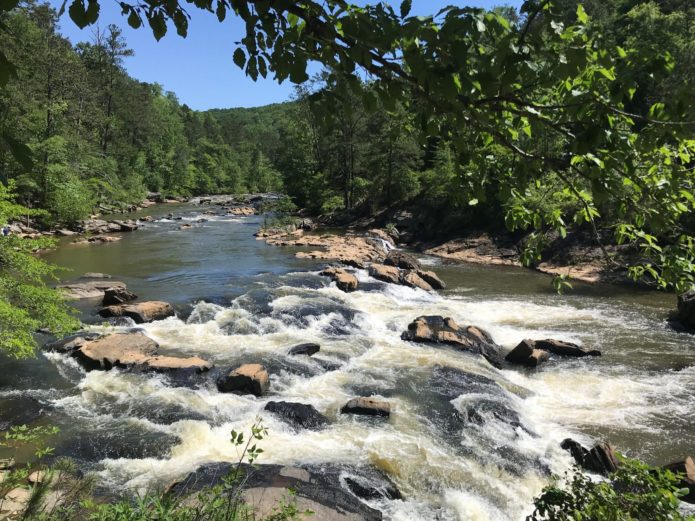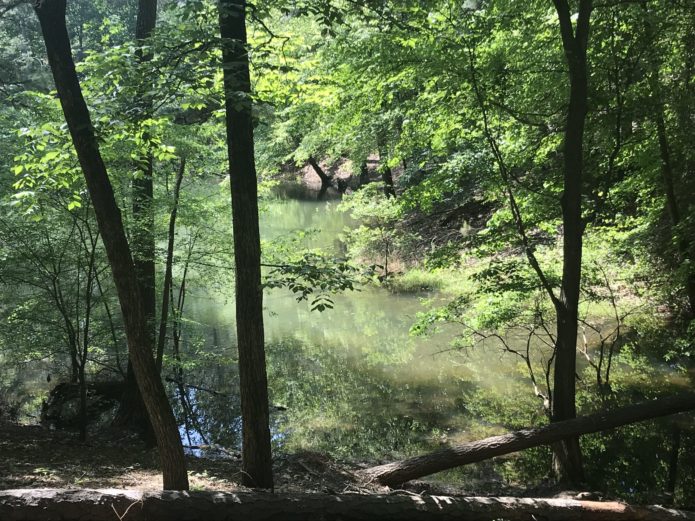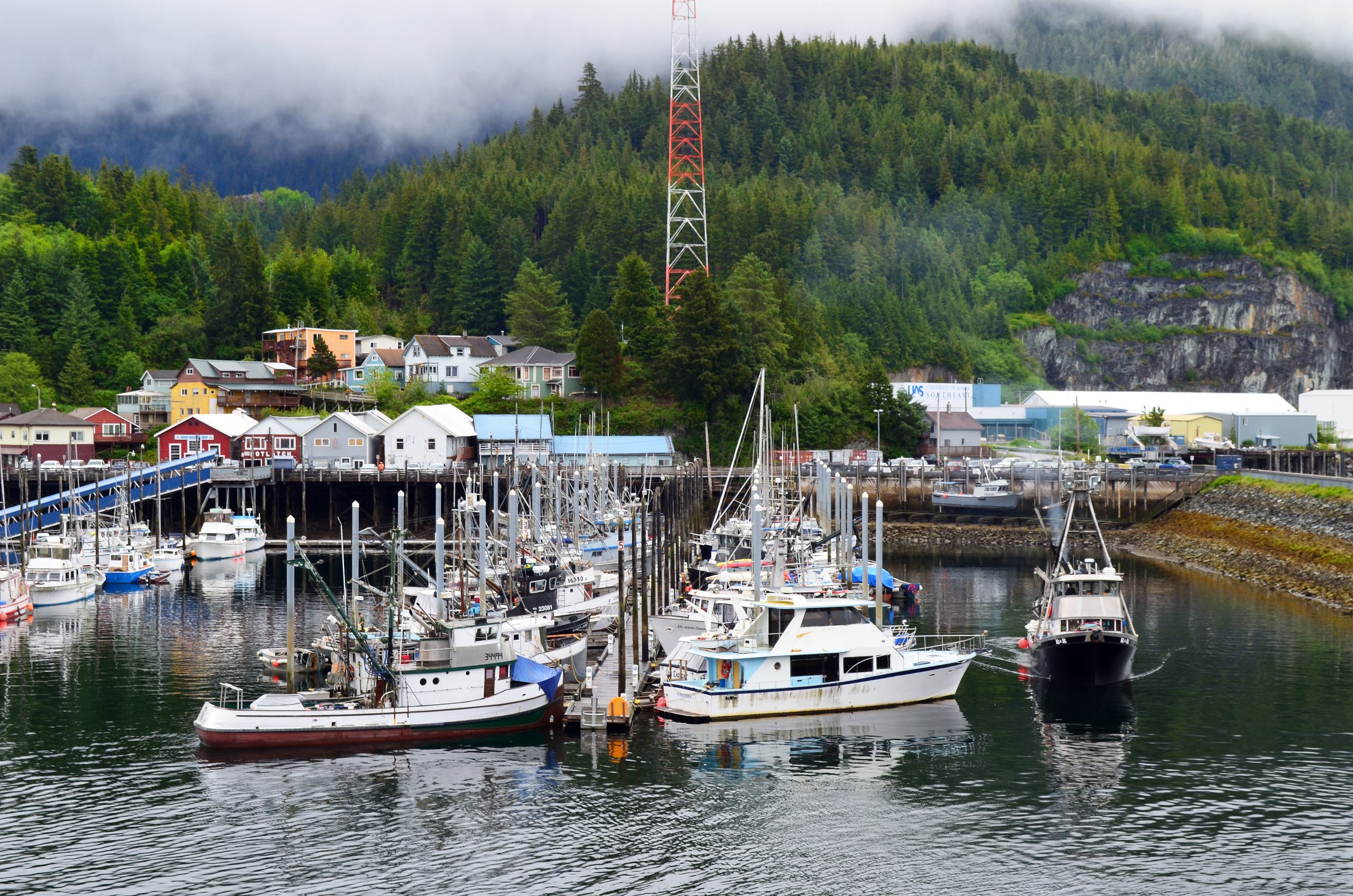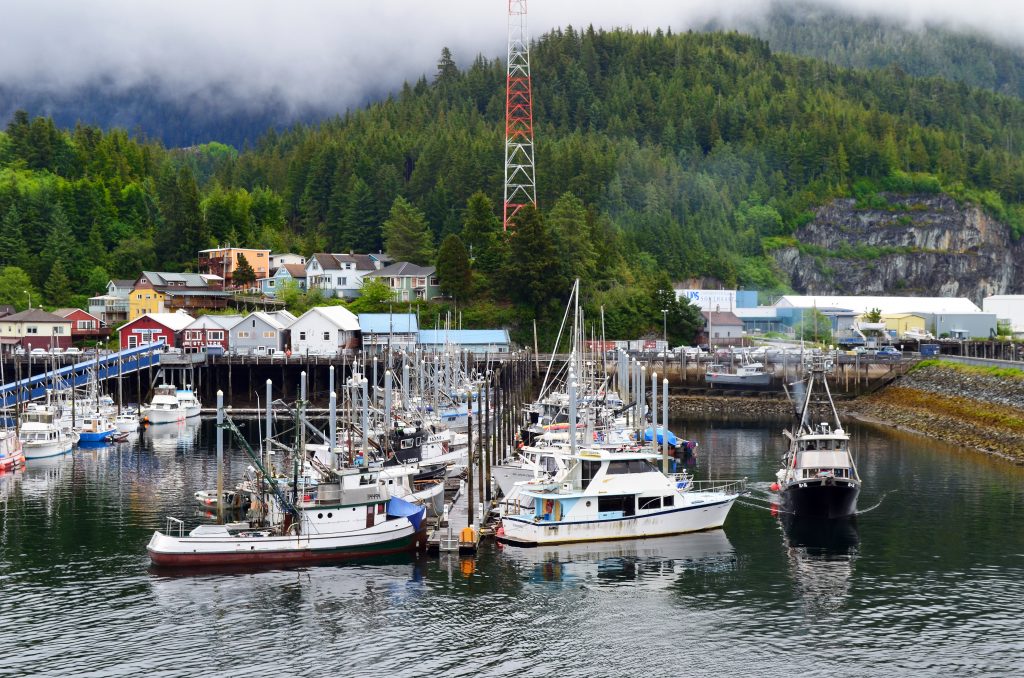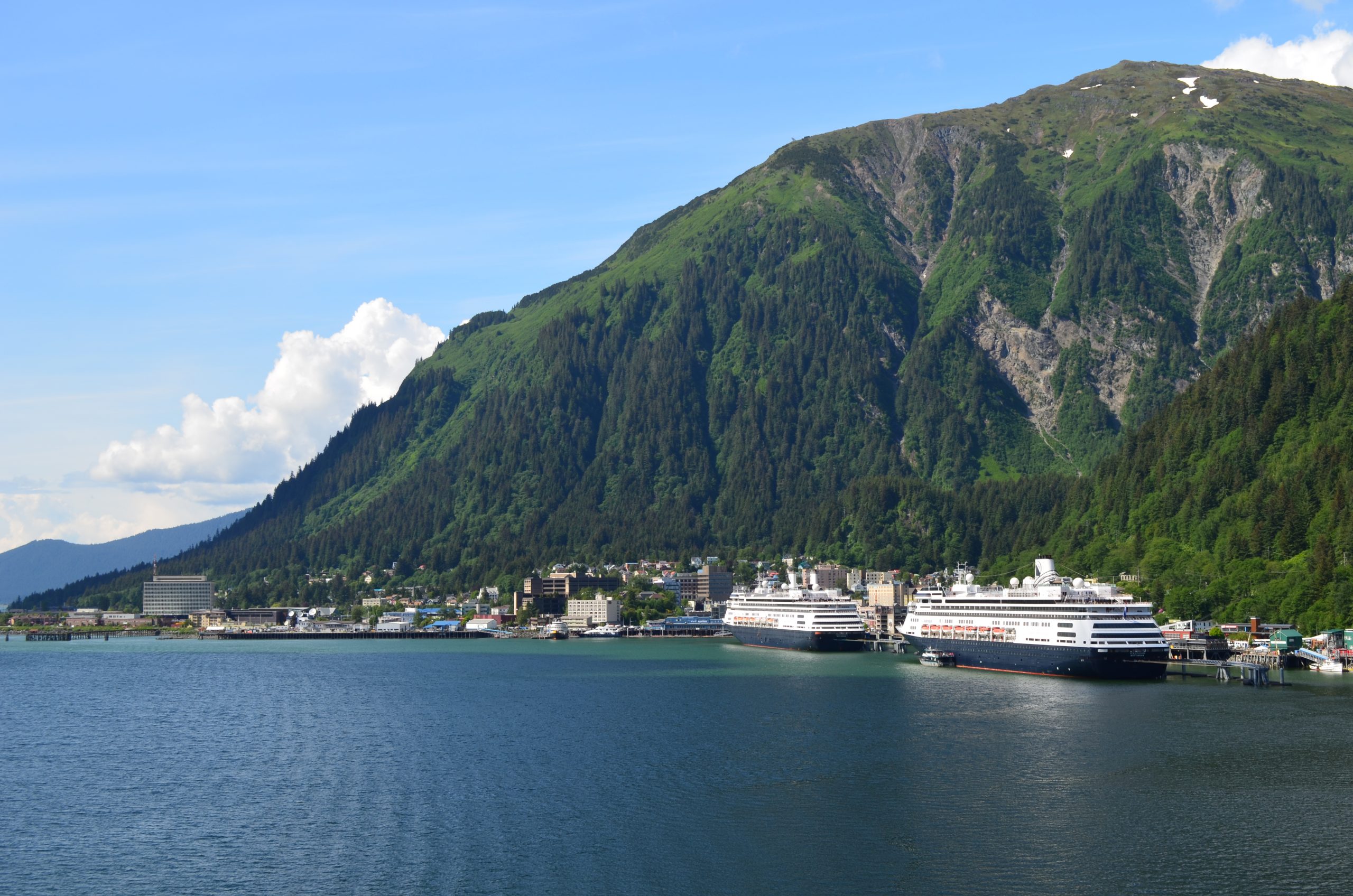Quarantine Quest – Sweetwater Creek State Park, GA
One of my favorite state parks close to Atlanta is Sweetwater Creek. I’ve written about it for RootsRated, the now-defunct Touring Bird and here on this blog. Now that traveling has stopped due to the Covid-19 pandemic, we’ve ventured to several nearby outdoor spots for early morning hiking.
Fees & Parking
Although Georgia’s state parks remained open during the shelter-in-place order, we waited until the restrictions lifted in May to venture 30 minutes to the park located west of Atlanta, just a few miles off of I-20. The visitor center is still temporarily closed, but bathroom facilities are open. Fees are $5 per car which can be purchased online to avoid dealing with cash at the pay stations.
(more…)